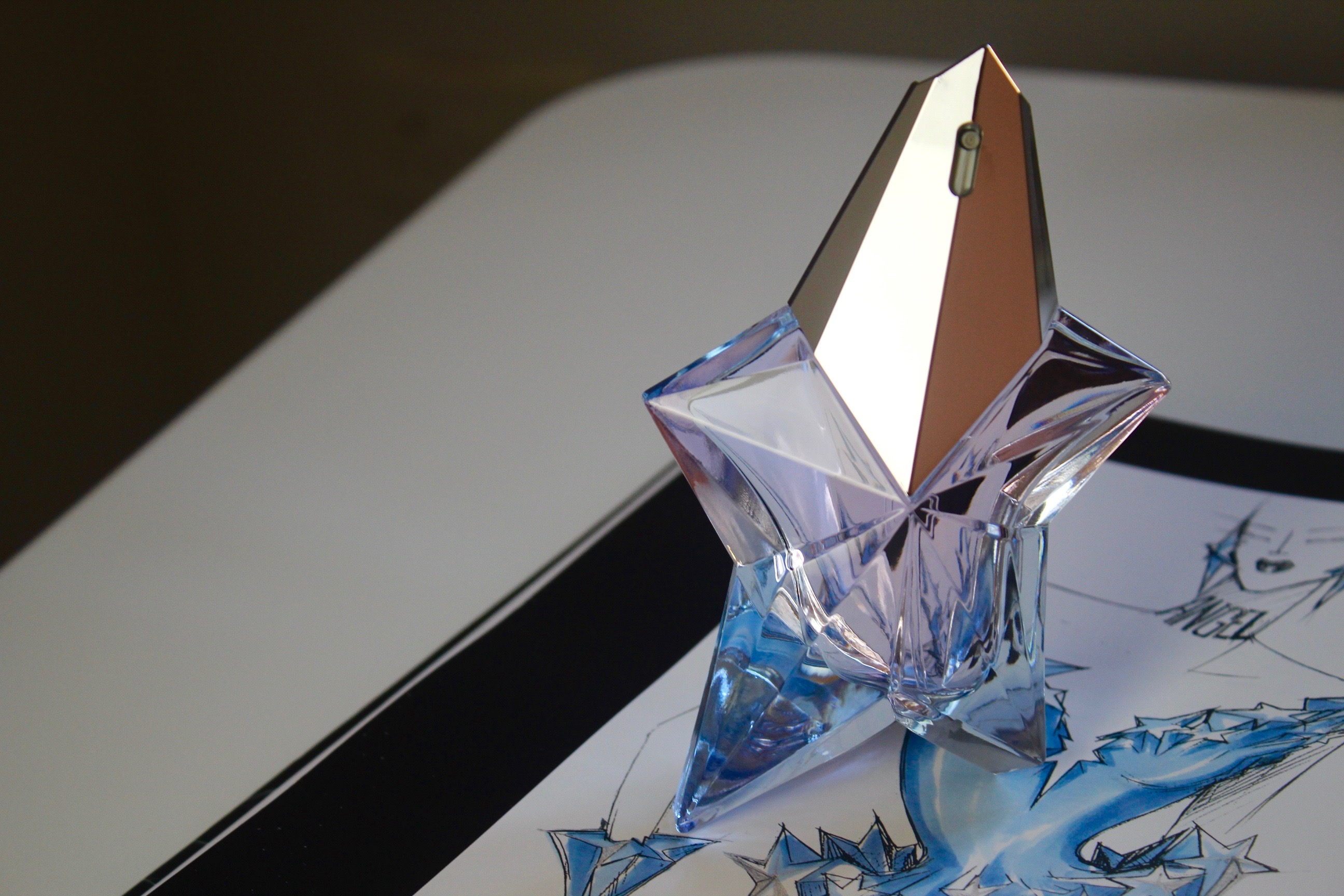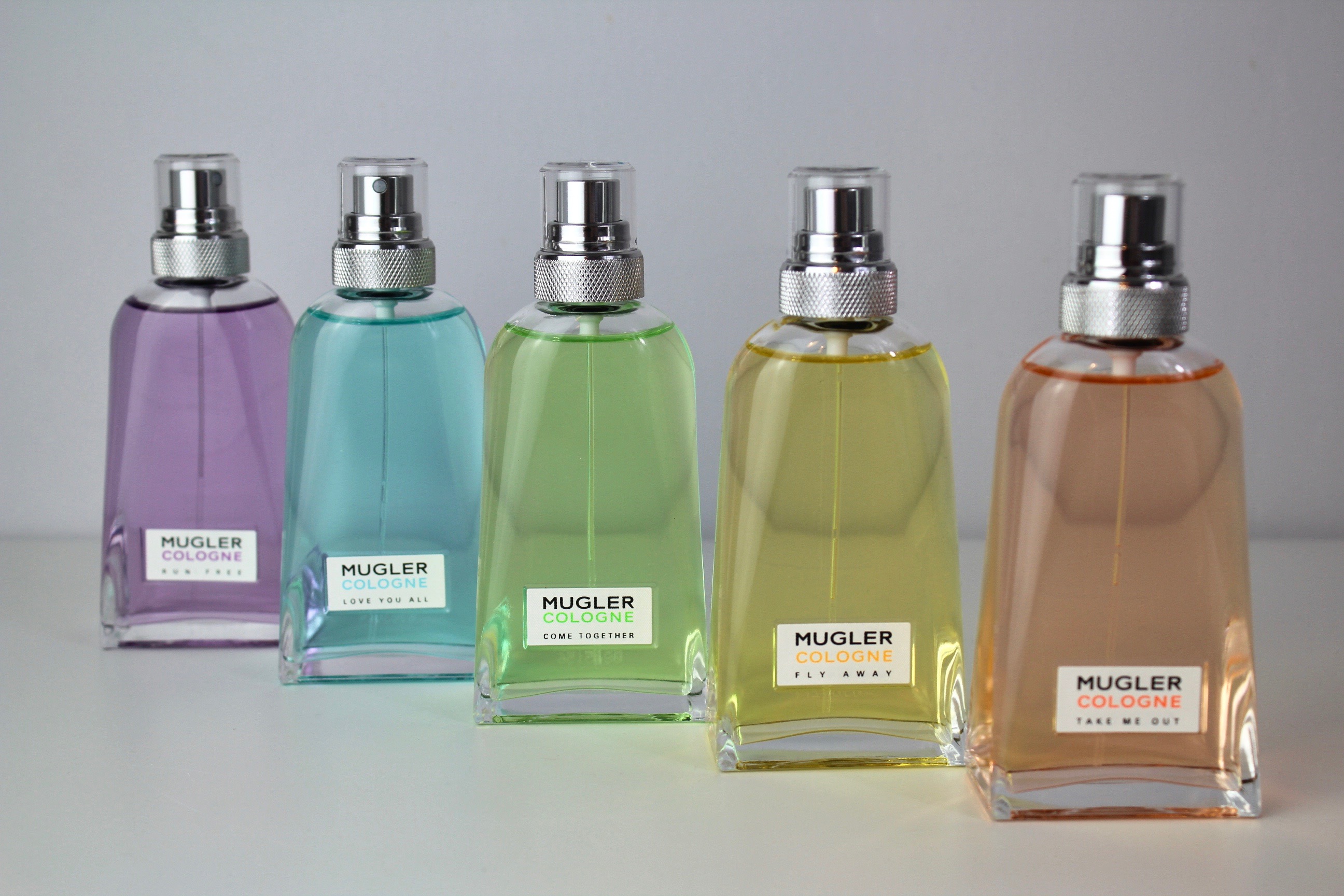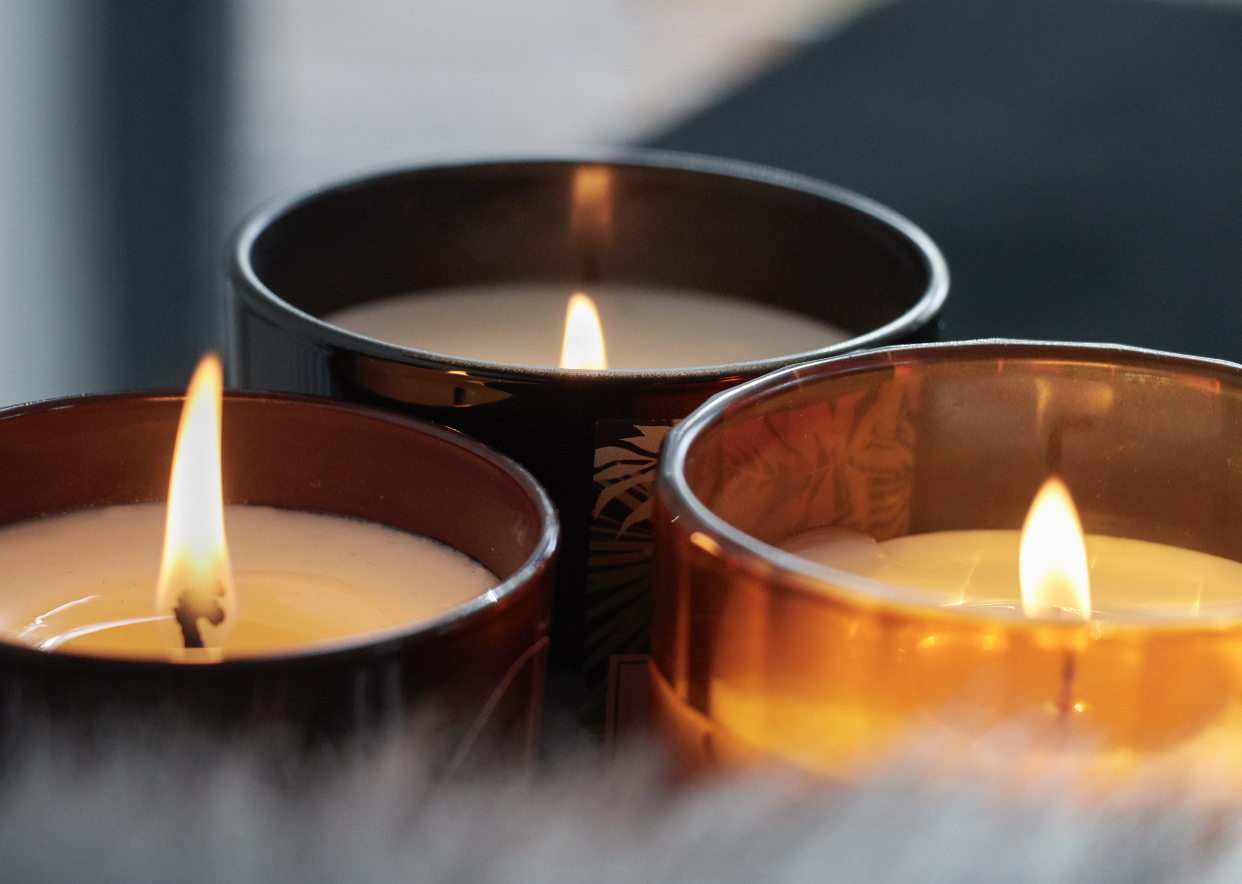The raw materials in the perfumes we wear are fascinating but they can often be confusing and inaccessible. In Material Focus I try to demystify these essential building blocks of perfumery, covering how they smell and how they’re used.
Let’s be real for a second, it can sometimes be utterly mystifying to read a notes list. Often you’ll stumble across materials that you’ve never heard of and some that frankly, don’t exist (“black gardenia” anyone?!). You see, many of these materials aren’t things we encounter in every day life, so it can be hard to place them, and when we can’t place them, or relate to them, they can feel meaningless. I’m all about making perfume accessible, so in this new series I’ll be looking at some of the nifty aroma chemicals that are used widely in perfumery, covering how they smell and how they’re used, so when you encounter them in the wild, you know exactly what they are.










